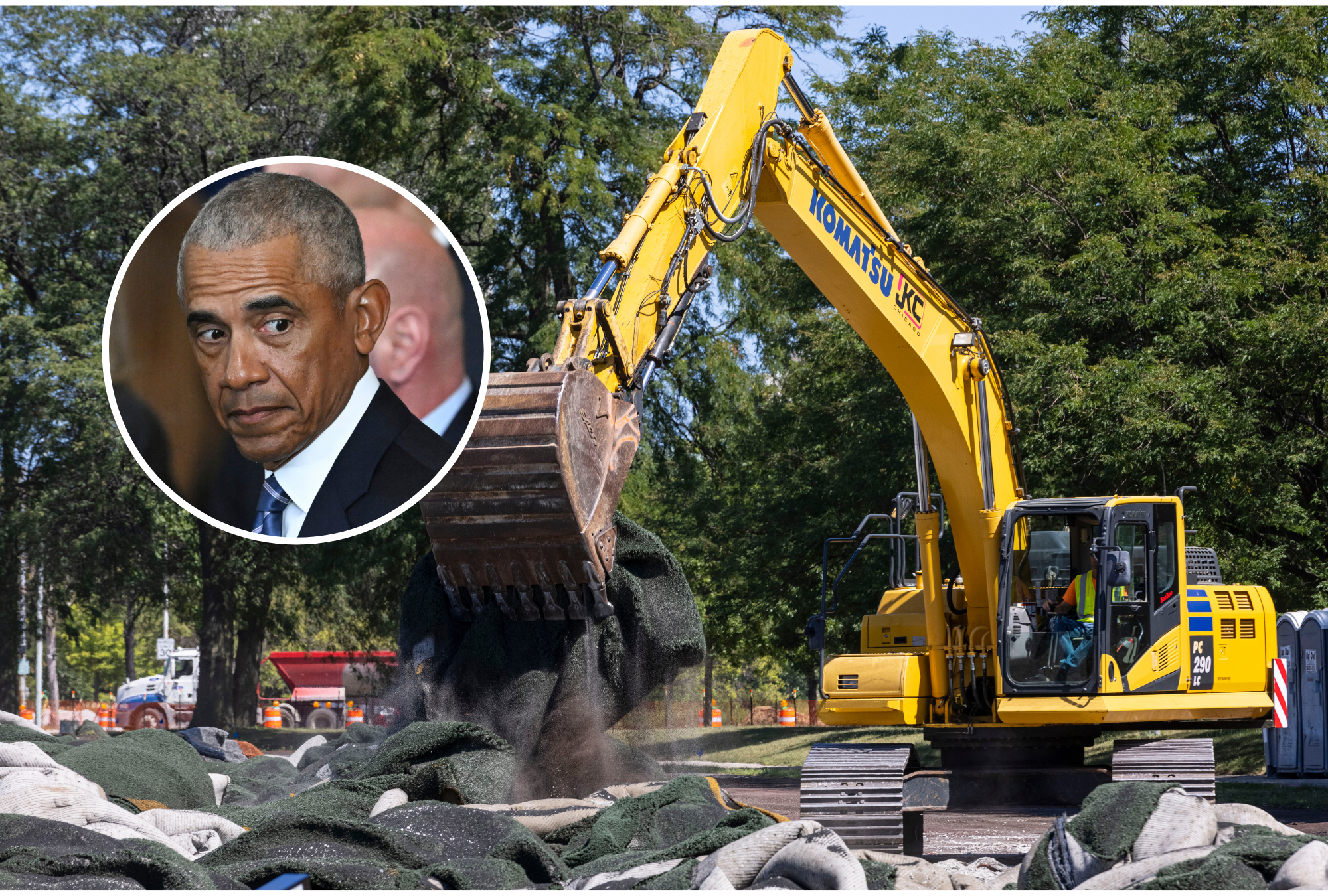Yankee Chronicler
REGISTERED

Obama Library: Behind schedule, over budget and mired in lawsuits
A federal lawsuit was filed earlier in January, accusing a New York-based construction company of discriminatory actions.
Concrete subcontractor is suing the structural engineer, Thornton Tomasetti, alleging racial discrimination and unreasonable interference in performing their work.
Thornton Tomasetti is one of the best structural engineering firms in the world. They do major projects internationally. Anything is possible, but I find it difficult to imagine that they would act on the basis of racial bias on a project as visible as the Obama Presidential center. This could be a case to watch.
Most of Concrete Collective's "compensable costs" come from loss in labor productivity, which the lawsuit says comes from the "unexpected" project specifications, prevention of "logical flow of work" as well as the "lack of mechanical, electrical and plumbing design coordination."
I fail to see how they can blame lack of M/E/P coordination on the structural engineer. That's a real stretch. As for the "unexpected" project specifications -- I wonder if they were created after the concrete sub had signed a contract, or if the concrete sub assumed some lesser standard specifications and was then caught by surprise when they actually read the specifications they had agreed to follow.

